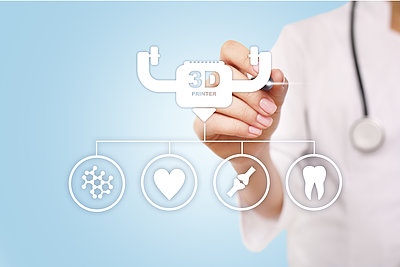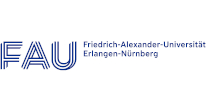
https://www.vdi.de/news/detail/vdi-startet-technische-regelsetzung-fuer-bioprinting
All over the world, countless people are waiting for a donor organ every day. Could 3-D bioprinting of organs be the solution in the future? At present, however, this almost 15-year-old research field is still in its infancy, but it is developing very dynamically. In addition to clarifying the basic definitions and terminology used in bioprinting, the new VDI 5708 guideline committee also wants to examine the requirements for the devices and bioinks used, as well as important basic physicochemical and biological prerequisites.
“The reason for establishing the committee in the Medical Technology Division of the VDI Society Technologies of Life Sciences (TLS) is the increasing need for best practices and production guidelines for bioprinting technologies, as well as for biomaterial ink processing and bioprint product manufacturing,” said VDI’s Dr. Andreas Hermann. With the help of bioprinting, several cell types can be combined with suitable materials to form so-called bioprints and positioned three-dimensionally in space according to the print specification created on the computer. Researchers can use this to generate in vitro tissue models and thus study organ-typical processes, which can be useful for research into new active ingredients.
Dr. Hanna Hartmann from the NMI Natural and Medical Sciences Institute in Reutlingen and Prof. Dr. Jürgen Groll from Würzburg University Hospital will chair the new VDI guidelines committee. Both are already working on the creation of protocols for standardized bioprinting as part of the BMBF-funded SOP_BioPrint project. “We are experiencing a wave of innovation in recent years regarding new bioinks, new fabrication methods, as well as the merging of existing technologies. It is not yet clear which approach will prevail for which application and the need for basic research is still high,” Prof. Groll summarizes the situation.
Therefore, in order to make the bioprinting process reproducible, application-specific and safe, and to prepare future developments towards pharmaceutical products or even translation into the clinic, fundamental standardization is first required. “Standards and norms help to provide reproducible results independent of persons and locations,” explains Dr. Hartmann. “In addition, guidelines enable the objective evaluation of research results.”
The declared aim of the two chairmen is to identify the need for standard test methods and quality controls and to define necessary standards. The ultimate application of the printed product – as a medical device, ATMP or in vitro diagnostic – should always be taken into account. To this end, the guideline committee is deliberately application-oriented. Thus, the interdisciplinary members cover the value chain from research institutions and manufacturers to users and the testing company.
Technical contact:
Dr. Andreas Herrmann
VDI Society Technologies of Life Sciences (TLS)
Phone: +49 (0) 211 62 14-372
E-mail: medizintechnik@vdi.de
Image: Wright Studio / Shutterstock.com





